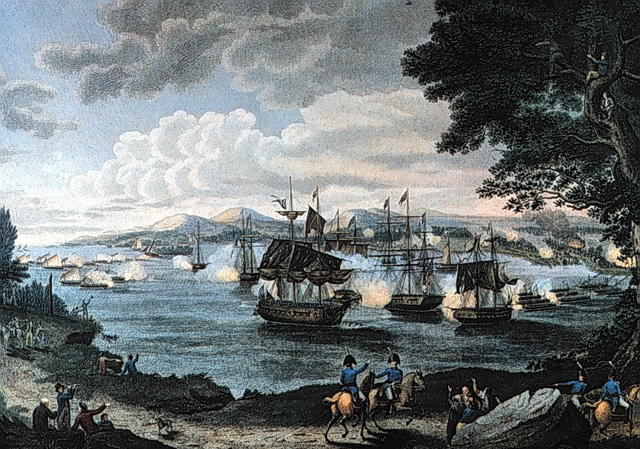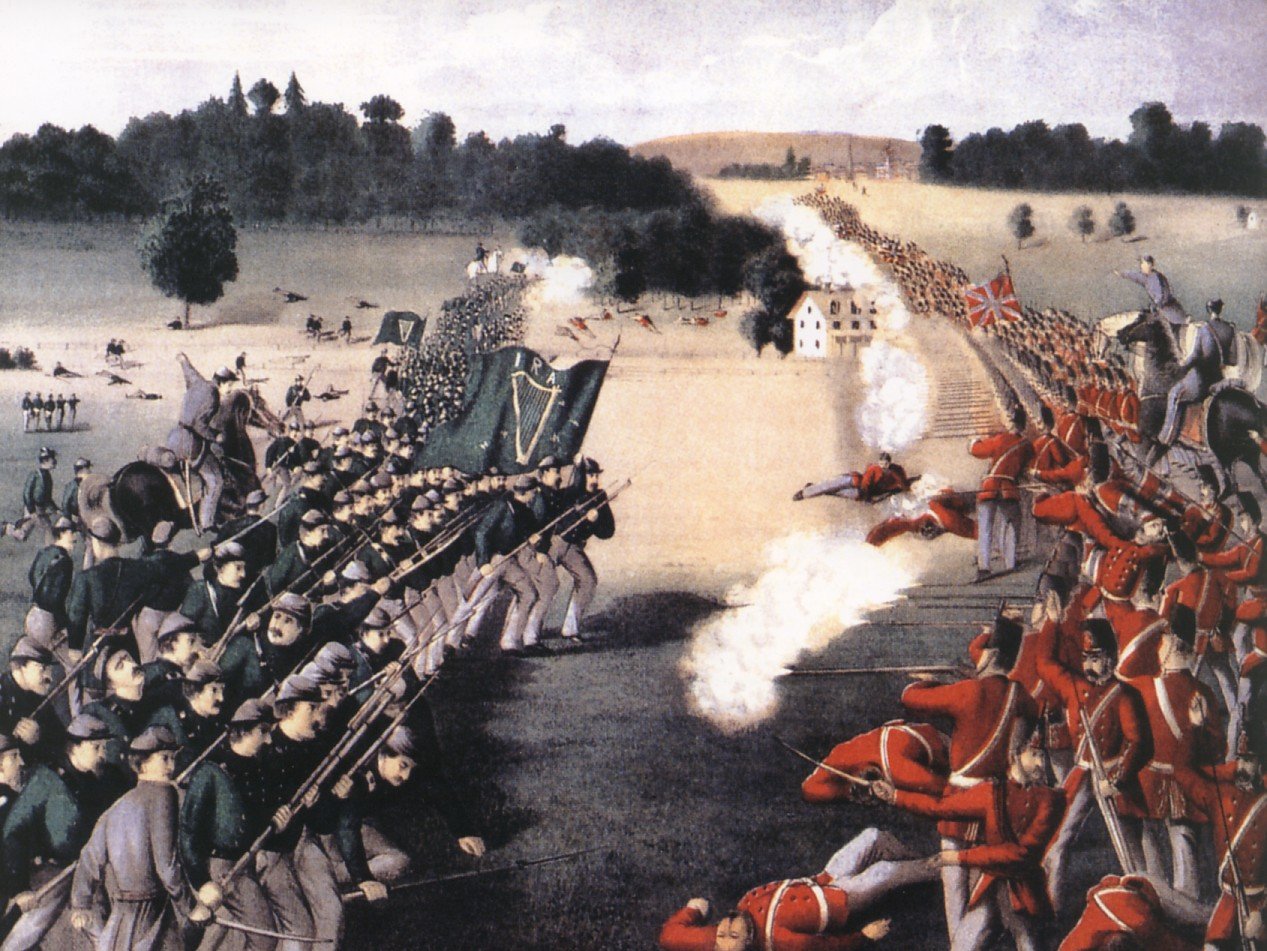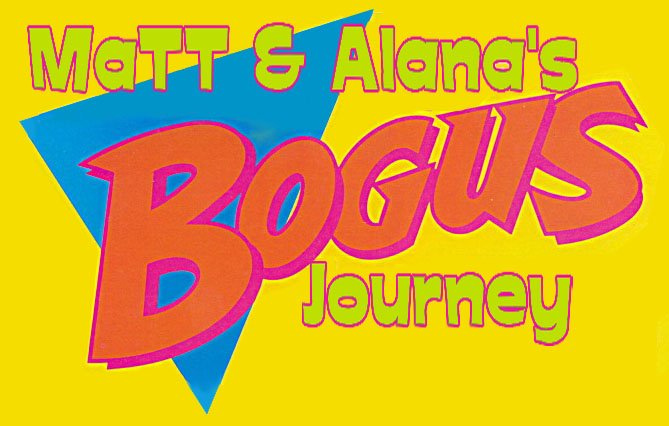Get a comfy chair; I'm gonna hit you with some history, so this post is long. It was Thanksgiving on the 8th of October, which we spent with family in Hamilton. We left early to spend a week with my grandparents in Ottawa. Despite us having 60 years on them, they out-lasted us everyday. They showed us the beautiful countryside surrounding Ottawa. Bobba was in the navy for more than 30 years, thus special attention was payed to the rivers, canals, locks and mills (if you look at the entry for Merrickville on Wikipedia, take particular notice of the photo and info box to the right. This is Alana handiwork).The War of 1812, canals and the Fenian raids
It was Thanksgiving on the 8th of October, which we spent with family in Hamilton. We left early to spend a week with my grandparents in Ottawa. Despite us having 60 years on them, they out-lasted us everyday. They showed us the beautiful countryside surrounding Ottawa. Bobba was in the navy for more than 30 years, thus special attention was payed to the rivers, canals, locks and mills (if you look at the entry for Merrickville on Wikipedia, take particular notice of the photo and info box to the right. This is Alana handiwork).The War of 1812, canals and the Fenian raids
New Zealand readers may be surprised to find out, in 1812, the
USA tried to invade Canada. I know I couldn't believe it; I've always considered the Americans such a peace loving society. This was 30 or so years after the War of Independence, so you can imagine a mixture of a young nation trying to prove itself and expand, residual resentment towards the British, the British being occupied with the Napoleonic Wars, and a whole lot of guns is the perfect combination for a good war.

Apparently both Americans and the British assumed Canadians would sympathise with the Americans' cause. They were both wrong. The Canadians bought guns from Americans to fight, for the British, against the Americans(?). The Americans also tried their hand at challenging the most powerful Navy in the world, thus there were naval battles on the Great Lakes.
For this reason, after the war,
the Grenville,
 Chute-à-Blondeau
Chute-à-Blondeau,
Carillon, and Rideau canals were all built. This made it possible for a boat to enter the St. Lawrence from the Atlantic and easily get all the way to Lake Ontario. Later other canal systems were added, collectively constituting the
Saint Lawrence Seaway (so eventually you could take a boat from the Atlantic, via Quebec City, Montreal, Ottawa, and Toronto, Lake Huron, all the way to Lake Superior, then using some others, back past Niagara Falls, Lake Eerie and the Hudson River, all the way to New York). I absolutely love locks and canals (or maybe the thinking behind them); they are like geographic-reconstructive surgery, a way of telling
the Creator "...okay, what you've done here is okay, but it wasn't exactly what we were looking for". Pure 18th/19th century pomp. The best part is the were all redundant soon after with the expansion of railroads.

Then it gets crazy weird - the Fenian Brotherhood. The Fenian Brotherhood were Irish-Americans who were trying to help their motherland of Ireland gain independence from the British. They came up with a brilliantly simple plan. I have recreated its conception for your convenience (it is like an episode of Pinky and the Brain).
Hennessy: I passionately love Mother Ireland.
O'Reilly: Aye, I too passionately love Mother Ireland.
Hennessy: Damn the British for not giving her independence.
O'Reilly: Aye, damn the British.
Hennessy: If only there were some way we could screw the British and grant Ireland her rightful independence.
O'Reilly: But here in North America, we live so far away from both Ireland and the British.
Hennessy: No, no, O'Reilly, I've got it:
We take over Canada and trade it with the British for Ireland's independence.
O'Reilly: ?
Hennessy: !
O'Reilly: Brilliant.
Between 1866-71, the Fenian Brotherhood made numerous raids on Canada. They called themselves the Irish Republican Army or IRA, which is first recorded usage of the name.
Navigating by bowling ballAfter WWII, by a mixture of wartime expansion and the defeat of the Axis, Canada ended up

with the third largest navy in the wo
rld. Bobba entered the navy with a degree in electrical engineering. After the war, he was charged with developing a new system for coordinating fleets and fighting submarines and aircraft, DATAR. This was right at the birth of computers, so essentially every aspect had to be invented. Among the many innovations, they developed one of the first
graphical-user interfaces using, I think, the first trackball (or upside-down mouse) as an input. This predated the patent put on the first mouse at Stanford by more than 10 years. The DATAR system was eventually tested by, you guessed it, a simulated naval battle in Lake Ontario.
Filthy savages
Just like Christmas, it seems like the general populous aren't too worried about what Thanksgiving used to mean. It is simply a family day for eating (except obviously in Quebec, where they're not even sure what's going on). This suited us fine, we got to spend some quality time with family in Hamilton and Toronto, went to the Rockton World's Fair (complete with pony rides, merry-go-rounds and lifestock competitions) , watched some ice hockey, and ate a whole lot of root ("rut") vegetables and giant bird. The only filthy savages around were Alana and I.






 te initial projections in 1970 that the stadium would cost only C$134 million to construct, strikes and construction delays served to escalate these costs. By the time the stadium opened, in an unfinished form, the total costs had risen to C$264 million).
te initial projections in 1970 that the stadium would cost only C$134 million to construct, strikes and construction delays served to escalate these costs. By the time the stadium opened, in an unfinished form, the total costs had risen to C$264 million).
































